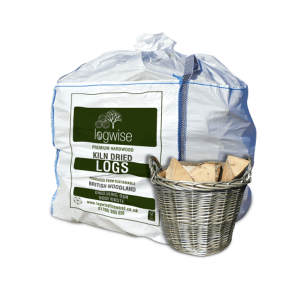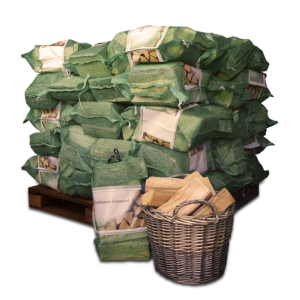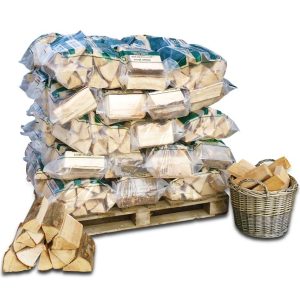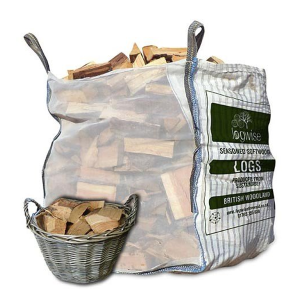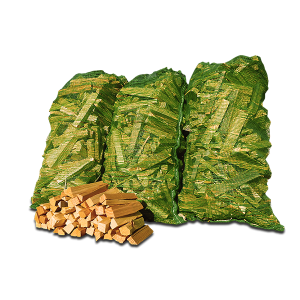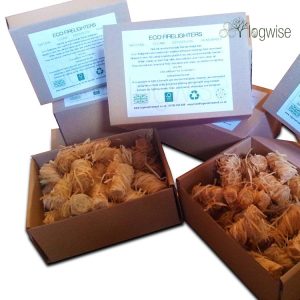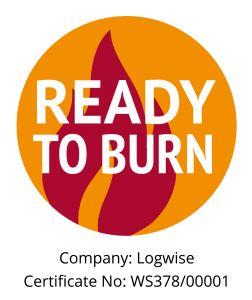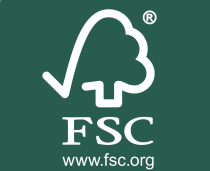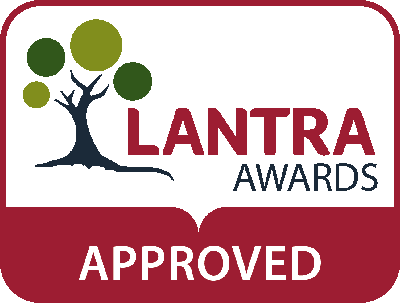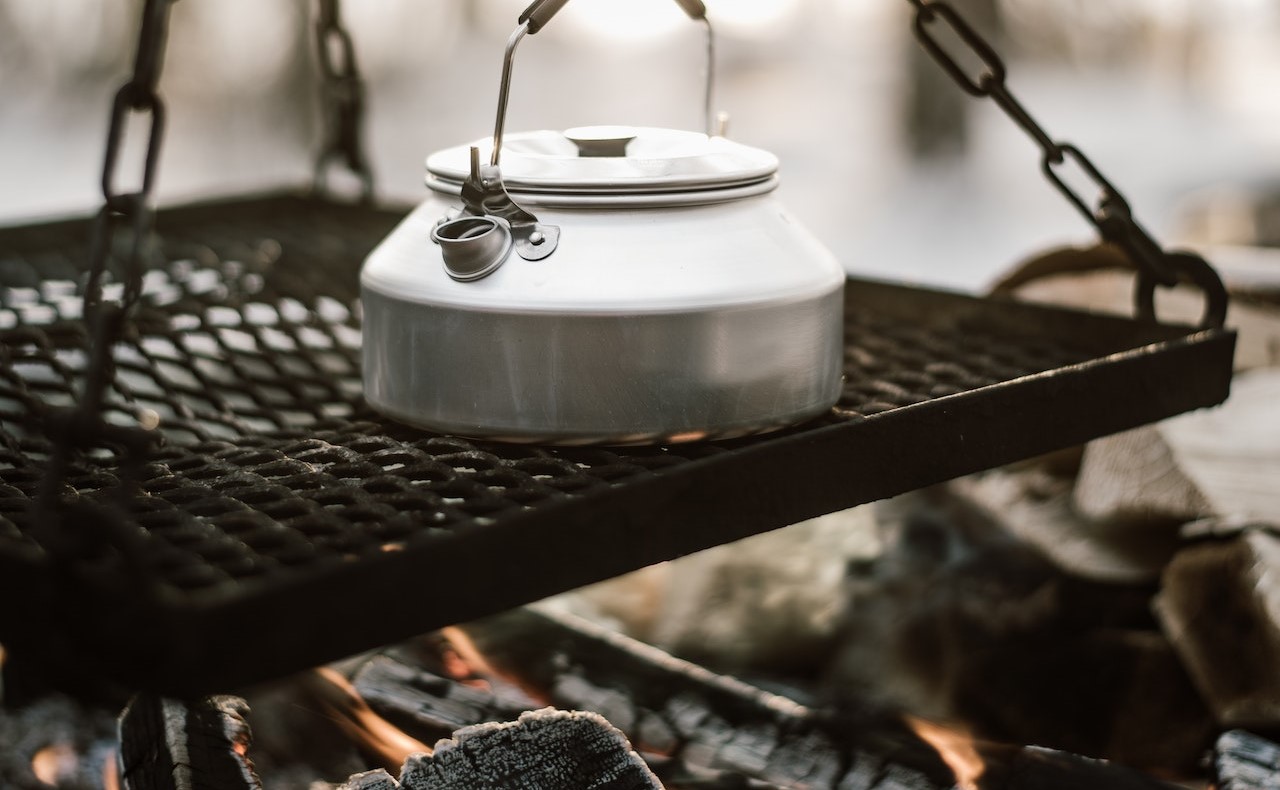
3 responsible ways to make fire when you’re wild camping
When setting a fire in the great outdoors, you need to do it properly. There are huge risks involved – like spreading the fire and damaging homes, nature and wildlife – and not every beauty spot gives permission for you to make one.
Today, we’ll share three ways to be responsible while making a campfire, whether it’s setting it, lighting it or putting it out. We’ll also share some safety tips that we find especially helpful!
By the end, you’ll be one happy camper – and nature will thank you, too.
Safety tips
First, let’s cover a few basic safety tips.
- Keep water and sand close to hand: This one’s easy to remember as it rhymes, but basically you need something to put out the fire – and quickly – if it escalates. You can also use wet earth.
- Bear in mind some fires can relight: Depending on the type of ground where you start one, it’s possible it could relight. One instance of this happening, where a fire was set on peaty soil, caused immense damage to a Scottish forest and required a huge fire team to put it out.
- Keep it small: The smaller the fire, the easier it is to control. And fires can quickly spread when large, like to nearby woodland or even buildings.
1. Advice for setting your fire
Be aware that you can’t set a fire where you feel like it – there may be rules in place limiting where you can light one, or what kinds of fire you can set. Restrictions can also apply not just for the area, but for the time of year (for example, if the weather is particularly dry). Check for signs in local parks and woodlands, check websites before you leave, and be aware of protected areas, like nature reserves. Finally, watch what the wind’s doing – sparks can easily spread in windy weather.
To set your fire, first find somewhere suitable. You should make your base on gravel or sand, and if there’s a stream nearby, even better – that’s your water back-up plan covered. Never light a fire on surfaces like moss or peat, as these can still continue to burn beneath the ground, even when there’s no sign of smoke or flames.
Next, dig a shallow hole around your fire or use dry stones to keep it contained. Never set your fire too close to a tree, building or tent. Never use wet stones, which can explode when hot.
2. Lighting your fire
Don’t break off wood from surrounding trees to throw on your fire – it will likely be too moist to burn (wood needs to have a moisture level below 30% to properly burn, otherwise it can take longer to break down and may create more smoke). Items like pine cones, twigs and sticks that are on the forest floor can all be great for feeding the flames.
Take care not to use any large logs, which may be animal habitats. Never put other things on the fire, even paper or cardboard. Some can contain chemicals which shouldn’t be breathed in.
3. Putting out your fire
Always make sure your fire has completely burned down before you leave your campsite and never walk away from a fire that’s unattended. Extinguish with water, then cover with earth or sand to starve the embers of oxygen. Try to leave the area with no sign a fire has been there. Sometimes, a fire can scorch the ground, so take care not to set one on top of rocks, which can easily blacken.
If you’re using a camping stove, you’ll need to wait until everything has cooled down before packing away. Even utensils – like prongs – can get extremely hot. Take any unused fuel with you (for instance, by pouring back into the bottle).
A final word on safety
Of course, even with the most careful planning and an experienced fire-builder, a fire can quickly and easily get out of control. In these situations, use sand or water to put it out and remove any bits of wood, branches or logs nearby that could spread the fire. Never ‘beat’ a fire, which could create sparks. Call emergency services as soon as possible and get people away from the area.

